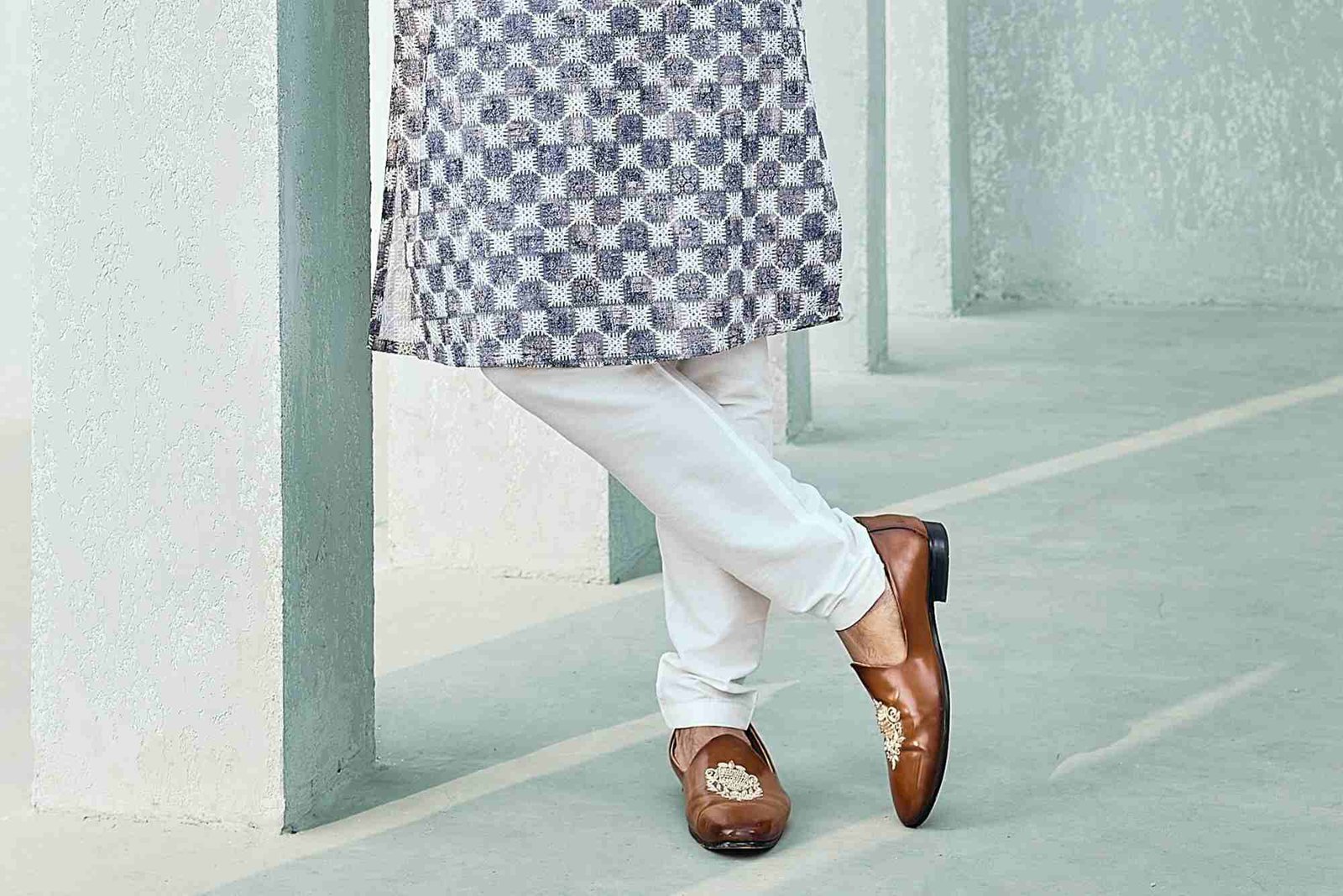Introduction
When it comes to protecting parapet walls from water damage, corrosion, and weather wear, coping materials play a crucial role. Among the most popular choices are aluminium coping and steel coping. Both materials offer durability and style, yet they differ in terms of performance, maintenance, and cost. Understanding these differences can help homeowners, builders, and architects make informed decisions that balance function and aesthetics.
What is Parapet Wall Coping and Why Does It Matter?
Parapet walls extend above the roofline and are exposed to rain, wind, and temperature changes. Without proper coping, water can penetrate the wall, causing cracks, mold, and structural damage. Coping acts as a protective cap that diverts water away from the wall surface, increasing the lifespan of your building. The right coping material not only prevents leaks but also adds a sleek, finished look to rooftops and terraces.
Aluminium Coping: Lightweight and Durable Protection
Aluminium coping is a modern and popular choice due to its balance of durability, light weight, and cost-effectiveness. It’s ideal for both commercial and residential applications, providing a clean, contemporary finish to any structure.
Key Benefits of Aluminium Coping
Lightweight yet Strong:
Aluminium is much lighter than steel, making installation easier and faster. Its strength-to-weight ratio ensures long-term performance without adding stress to the structure.
Corrosion Resistance:
One of the standout advantages of aluminium coping is its natural resistance to rust and corrosion. This makes it particularly suitable for coastal or humid environments where steel might deteriorate over time.
Low Maintenance:
Once installed, aluminium coping requires minimal upkeep. Occasional cleaning with mild soap and water is enough to keep it looking new for years.
Aesthetic Versatility:
Aluminium coping is available in various powder-coated finishes and colors, allowing architects to match or contrast with façade designs. This flexibility gives buildings a sleek, modern appearance.
Cost-Effective and Sustainable:
Compared to steel, aluminium is often more affordable and easier to fabricate. It’s also recyclable, which makes it a sustainable option for eco-conscious projects.
Common Applications of Aluminium Coping
Aluminium coping is used widely across modern buildings, apartment complexes, schools, and offices. Its sleek look and weather protection make it an ideal choice for parapet walls, garden walls, and boundary edges.
Steel Coping: Heavy-Duty Protection with Industrial Strength
Steel coping, known for its high tensile strength, is often chosen for large-scale or heavy-duty structures. It provides a solid layer of defense against mechanical stress and physical impact, making it suitable for commercial and industrial buildings.
Key Benefits of Steel Coping
Superior Strength:
Steel coping offers unmatched structural rigidity. It’s ideal for buildings that require added protection against strong winds, impacts, or heavy loads.
Long Lifespan with Proper Maintenance:
When properly galvanized or coated, steel coping can last for decades. It resists wear and maintains structural integrity under extreme weather conditions.
Fire Resistance:
Steel has a higher melting point than aluminium, making it more resistant to fire. This adds a safety layer, particularly in industrial environments.
Premium Look:
For projects aiming for a high-end, industrial finish, steel coping provides a bold, sleek, and refined appearance.
Limitations of Steel Coping
Despite its strength, steel coping has a few drawbacks. It is heavier, making installation more labor-intensive and costly. It’s also more prone to rust if coatings are damaged, requiring regular maintenance or repainting to prevent corrosion.
Aluminium Coping vs Steel: Comparing the Key Differences
When choosing between aluminium and steel coping for parapet walls, several factors come into play, including weight, maintenance, cost, and longevity. Let’s explore these differences in detail.
Weight and Installation:
Aluminium is about one-third the weight of steel. This makes it easier to handle, transport, and install. Steel coping, while stronger, demands more labor and equipment during installation.
Durability and Weather Resistance:
Both materials are durable, but aluminium naturally resists corrosion better than steel. Steel requires protective coatings such as galvanization or paint to prevent rusting, especially in wet or coastal environments.
Maintenance Requirements:
Aluminium coping is nearly maintenance-free. Steel coping, on the other hand, must be regularly inspected for rust, scratches, or coating wear.
Cost Comparison:
Aluminium coping is typically more affordable due to lower manufacturing and installation costs. Steel coping can be more expensive, not only for the material itself but also for labor and maintenance.
Appearance and Design:
Both materials can be customized for architectural appeal. Aluminium offers more color and finish options through powder coating, while steel tends to provide a more industrial and high-end metallic look.
Sustainability:
Aluminium is 100% recyclable without losing its quality, making it the more environmentally friendly choice. Steel is also recyclable, but its production and maintenance often consume more energy.
Practical Tips for Choosing Between Aluminium and Steel Coping
Choosing the right coping material depends on several project-specific factors. Here are some practical tips to guide you.
Consider Your Climate
If you’re in a humid, coastal, or rainy area, aluminium coping is the better choice due to its corrosion resistance. For dry or temperate regions where corrosion is less of an issue, steel coping can perform exceptionally well.
Evaluate Structural Needs
For high-rise or industrial buildings exposed to strong winds or heavy equipment, the strength of steel coping may be necessary. Aluminium coping is ideal for lightweight structures, homes, and modern architecture.
Maintenance Preferences
If you prefer low-maintenance solutions, aluminium is your go-to option. However, if you have a maintenance plan in place and value durability under heavy conditions, steel coping remains a reliable alternative.
Budget and Aesthetic Goals
Aluminium coping offers flexibility in Aluminium Coping Vs Steel Understanding The Differences design and color, often at a lower cost. If aesthetics and modern appeal matter most, aluminium is hard to beat. Steel coping suits projects that emphasize strength, security, and minimalistic elegance.
Which is Better for Parapet Walls — Aluminium or Steel?
There’s no one-size-fits-all answer. Aluminium coping excels in most residential and small commercial projects thanks to its corrosion resistance, cost-effectiveness, and sleek design. Steel coping, on the other hand, remains a strong contender for large buildings, factories, or high-impact environments where additional strength is required.
Ultimately, the best choice depends on your building’s structure, environment, and long-term maintenance goals. If you’re unsure, consult an architect or roofing expert who can evaluate your specific requirements.
For a detailed comparison and expert recommendations, you can read our aluminium coping vs steel understanding the differences for your parapet wall overview.
Making the Smart Choice for Your Parapet Wall
When comparing aluminium coping vs steel, the right choice ultimately depends on your project’s specific needs. Aluminium offers superior corrosion resistance, lightweight installation, and design flexibility — making it ideal for most parapet wall applications. Steel, however, provides unmatched strength and fire resistance, perfect for demanding environments or large structures.
By understanding the strengths and limitations of each material, you can make a well-informed decision that enhances both the functionality and appearance of your building. Whether you’re a homeowner planning a renovation or a contractor working on a new project, always consider climate, maintenance, and design preferences before finalizing your choice.
To explore more about coping materials and architectural solutions, browse more blog articles on Aerial Loop, where we cover expert insights and real-world tips for modern construction. For more open learning resources and architectural knowledge, visit Open Knowledge. Ready to enhance your parapet wall design? Choose the right coping material today to protect your structure and boost its visual appeal for years to come.
FAQs
1. Which coping material lasts longer — aluminium or steel?
With proper maintenance, both can last decades. However, aluminium tends to last longer in humid or coastal environments due to its corrosion resistance.
2. Is aluminium coping more expensive than steel?
Not necessarily. Aluminium is generally more affordable to produce and install, making it a cost-effective choice for most projects.
3. Can steel coping rust over time?
Yes. Steel coping is prone to rust if its protective coating is damaged. Regular inspections and repainting can help prevent corrosion.
4. Is aluminium coping suitable for industrial buildings?
Yes, especially for modern industrial structures that prioritize lightweight materials and low maintenance. However, for heavy-duty protection, steel coping may be preferred.
5. Can both aluminium and steel coping be powder-coated?
Absolutely. Both materials can be powder-coated for enhanced aesthetics and durability. Aluminium’s smooth surface allows for a broader color range and consistent finish.
6. Which coping material is more eco-friendly?
Aluminium is more sustainable due to its recyclability and lower carbon footprint during production.









